Here are the ten record groups I use for virtually any research project where I want to know more than just names, dates, and places. When you find an ancestor in a new-to-you place, try finding out where all of these records are kept.
See the post on Which archive keeps the records of your Dutch ancestor to learn how to find the archives for a particular place. Many of these records have been scanned and indexed and can be consulted on the websites of the archives where they are kept, at Open Archives, FamilySearch, and other places. Some archives offer free scanning-on-demand for records that are not online yet.
1. Civil registration
This record group has the records of births, marriages, and deaths since 1811 (or 1795/6 in some places). Two copies are made at the time of registration. One is kept at the local/regional level and one at the provincial level.
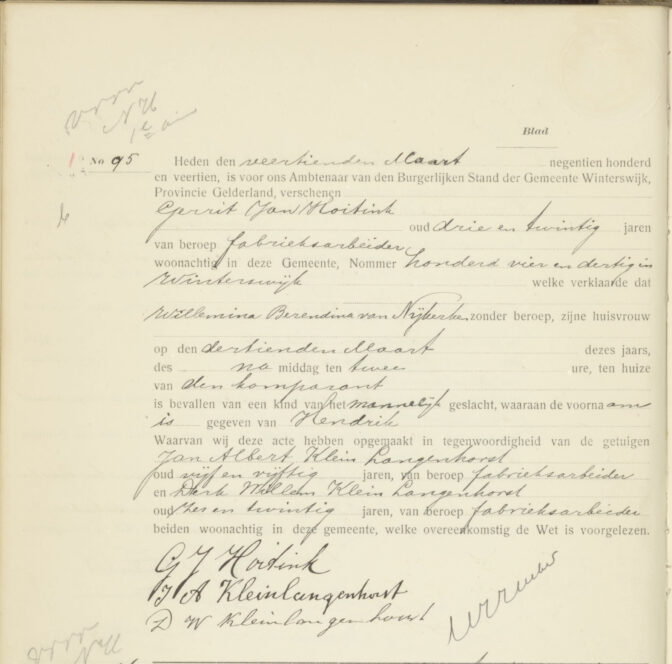
Birth record of Hendrik Hoitink
2. Census and population registers
Census records enumerate everybody in a household at a specific moment. Population registers do the same, but during a certain period. In some municipalities, they are part of the record group of town records, see below. These records are usually kept at the local/regional level.
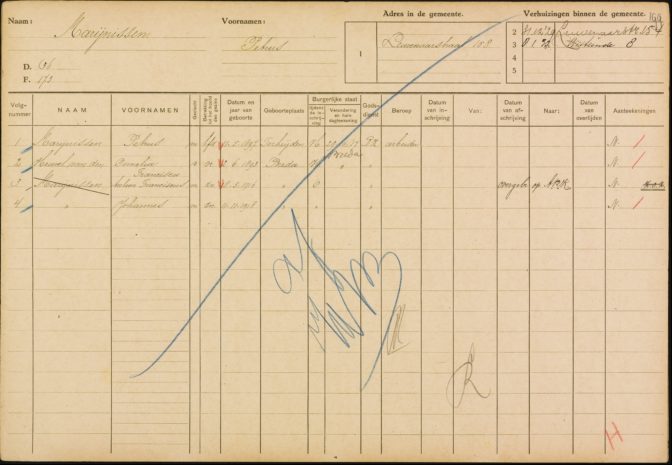
Family Card Breda 1918-1937
3. Church records
Church records of baptisms, marriages, and burials were turned over to the national government in 1811, when the civil registration was introduced. As a result, these records prior to 1811 are often in different record groups, kept at the provincial level. These have often been scanned and indexed.
Church records after 1811, and other types of church records like poor relief records, church council minutes, and membership records, have no requirement to be turned over to government archives, though many churches have chosen to enter into a contract with such archives to keep their older records. These record groups are less likely to be scanned and indexed.
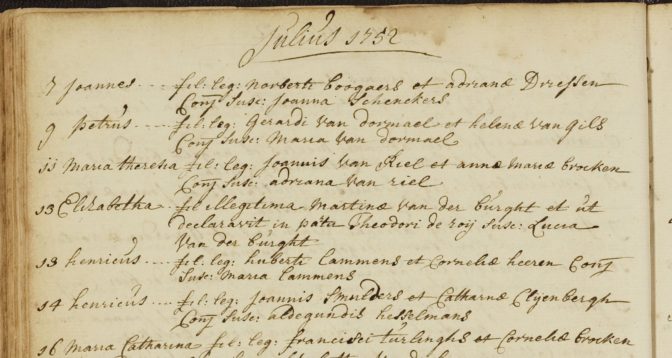
Baptismal record of Henricus Smulders
4. Notarial records
Notarial records record voluntary legal transactions, such as wills, prenuptial agreements, and real estate sales. Some places have had notaries since the 1500s, others only since 1811. Some are kept in archives at the provincial level, others at local or regional archives. Older notarial records might be in different record groups than newer records, so mind the dates to see if you cover everything.
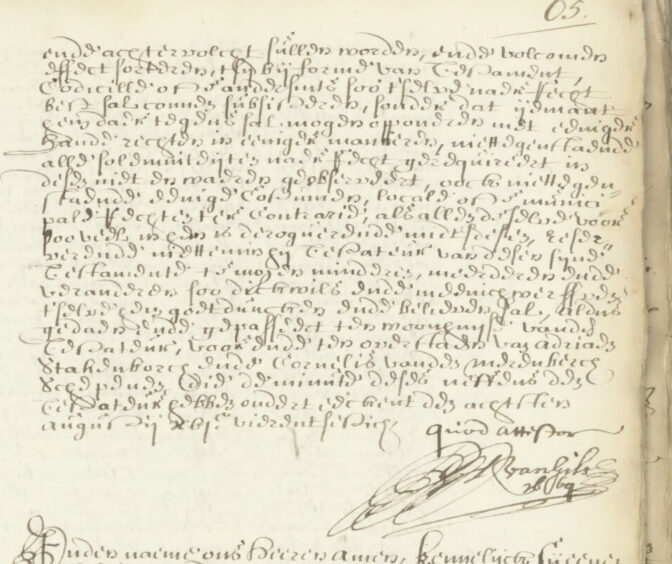
Last will
5. Court records
Court records include criminal records, civil records, and in places without notaries, voluntary records. Often, the pre-1811 records are in a separate record group from the post-1811 records. Some larger cities had special courts to oversee the administration of the estates of orphans, the orphan chamber, that may be in a separate record group.
In many places, court records start earlier than other types of records, so once you get back far enough, it may be all you have to work with. Some are kept in archives at the provincial level, others at local or regional archives.
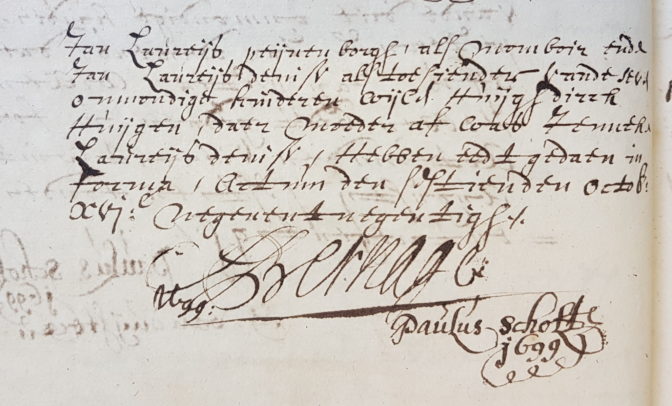
Guardianship appointment
6. Town records
Town records are the records generated by the local authorities, such as the city or the village. These contain a range of records, including about financial accounts (including information about suppliers or people on the town’s payroll), taxes, poor relief, enlistment for military service, etc. These can usually be found at the local or regional archives.
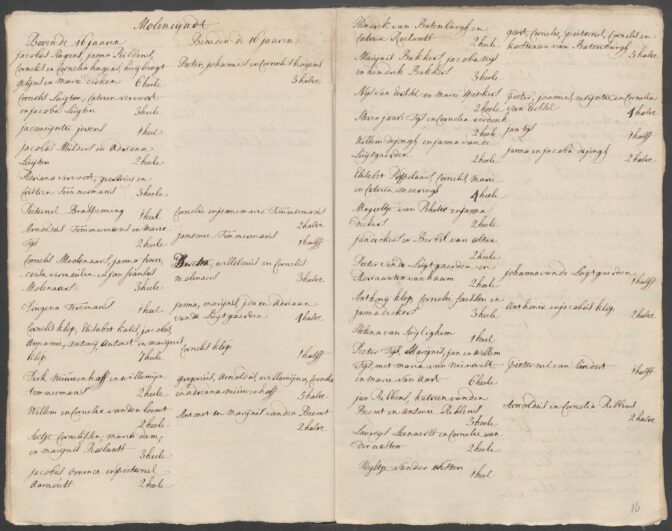
1760-1761 mill tax record
7. Military records
Military records for people who served in the army, the navy or the Dutch East Indies Army can be found at the National Archives in The Hague. The records are increasingly being scanned. You can often find references to a person’s service in enlistment records (in the series of town records) or marriage supplements (in the civil registration).
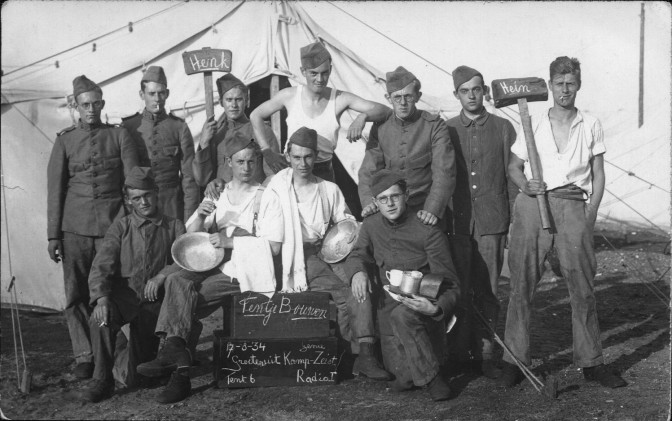
My grandfather (“Henk”) and his company in the military, 1934
8. Death duties files
Death duties files (since 1806) are the declarations of the estate tax. They can usually be found in archives at the provincial level.
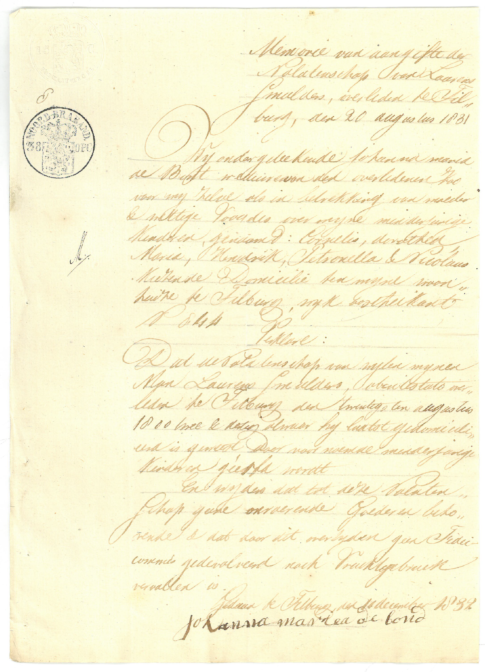
Death duties file of Laurens Smulders
See the level-up challenge and the associated research plans for more ideas.
9. Cadastral records
Since 1832, cadastral records register the ownership of real estate. In 1832, there are overview and minute maps and original indicator tables that indicate the owners of every plot in the country. Article-based ledgers record the property that each person owned from 1832 to the present day. These records are available at Mijn Kadaster (subscription service). The cadastral records are mostly still kept by the Cadaster, as it forms a continues registration to this day.
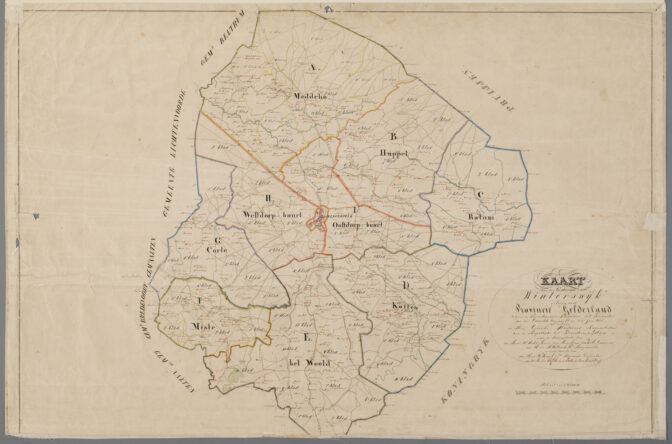
Overview map of Winterswijk, 1832
10. Maps
This is not a record group in itself, but I try to find out what map collections there are for the town I am researching in. See best websites for old maps of the Netherlands for some ideas.
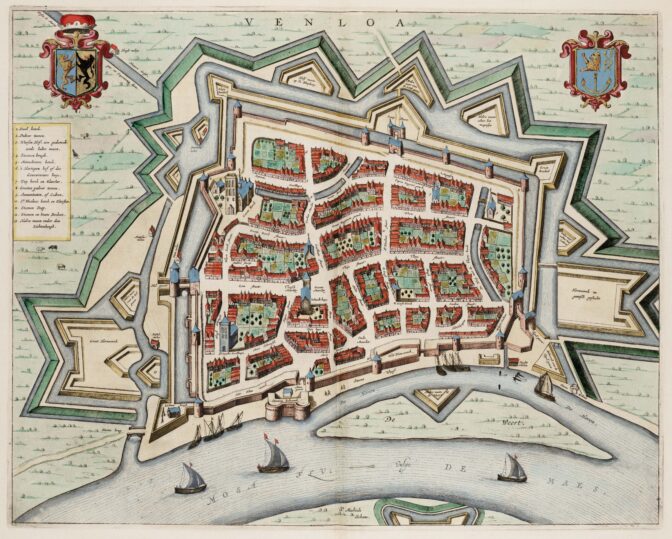
Map of Venlo, 1649. Credits: W. Blaeu.

